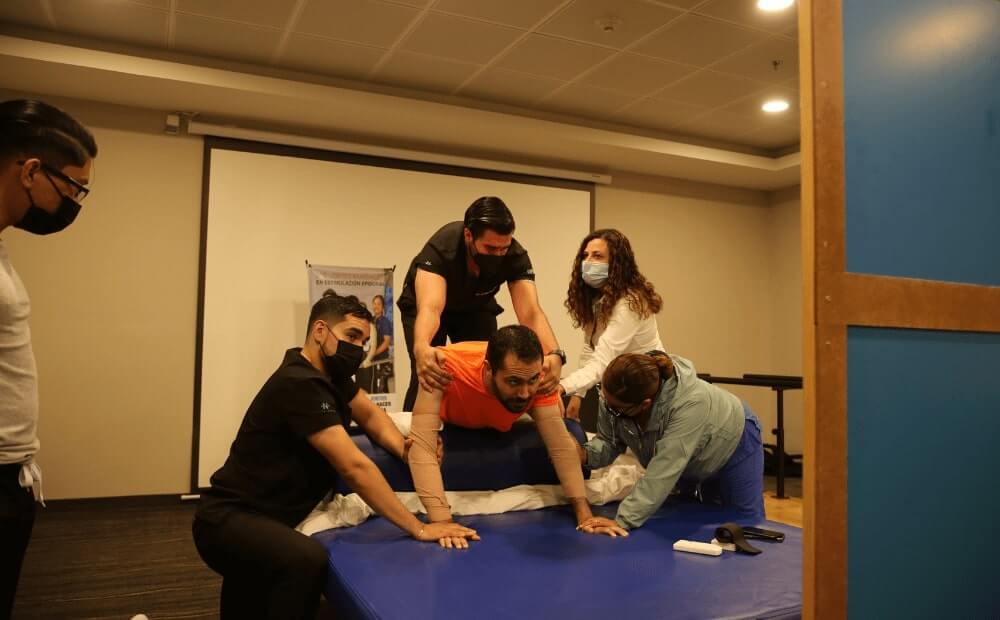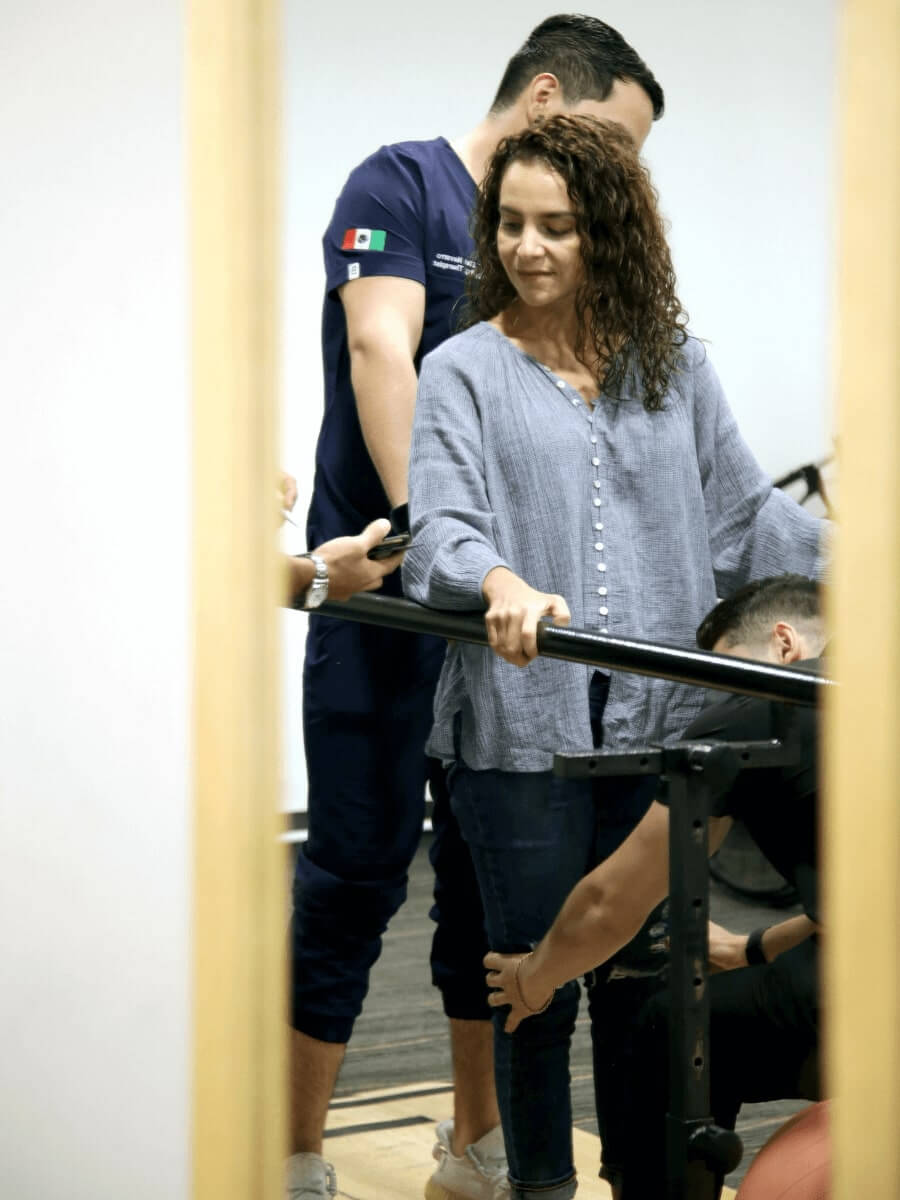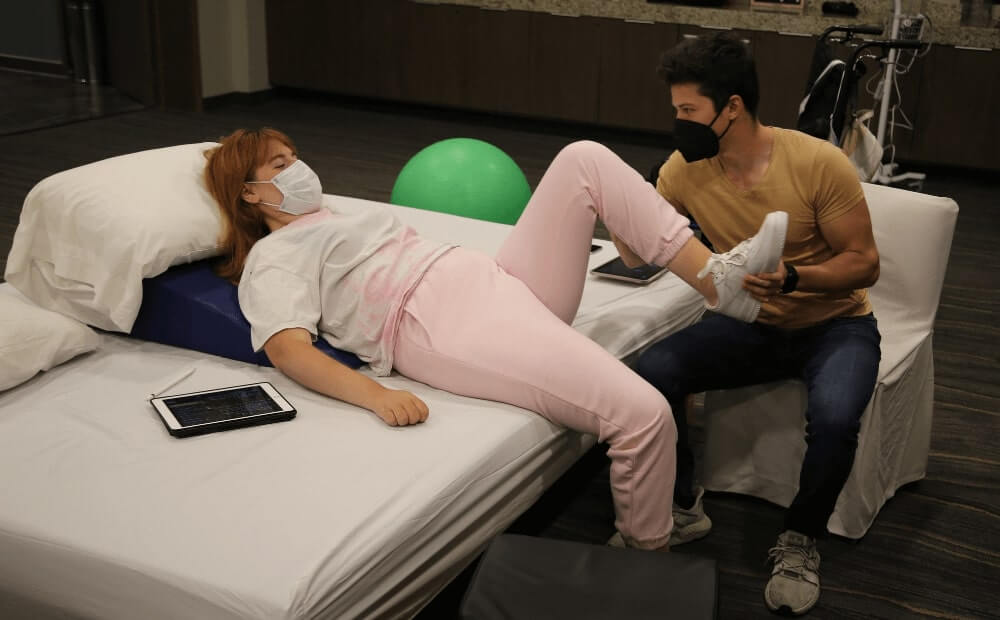Immediate Spinal Cord Injury Rehabilitation
As a result of the all encompassing impact of spinal cord injury, the management of SCI patients must be multidisciplinary, involving many healthcare professionals and services. Some of the most important consultants in SCI cases are physiotherapists. They treat an array of different problems related to SCI, involving many body systems, even though the underlying pathology is neurological.
Spinal cord injury rehabilitation should start as soon as the patient is medically stable after injury. This length of time can vary from a few days to many weeks, depending on whether the patient suffered other injuries or subsequent medical or respiratory complications. Rehabilitation involves an entire team and a patient-centred approach. The aim is to enable the patient to live a productive and satisfying life, with the best quality of life possible.

Immediately after suffering a spinal cord injury, simple activities of daily living will become a struggle for patients. They are unable to perform motor tasks because their bodies are unused to their new neurological state. They have not yet learned how to move optimally with their newly acquired paralysis. Tasks such as getting to the toilet, taking a bath, eating or rolling over in bed will take considerably more effort than before. The extent to which this is the case goes hand in hand with the neurological level of injury and the patient’s general physical condition.
Spinal Cord Injury Rehabilitation Assessments
Initially, physiotherapists need to identify the motor tasks which patients can hope to master, such as rolling, sitting unsupported, moving from lying to sitting, transferring or walking where possible. The neurological level must be considered in this identification process. The assessment of a patient with SCI is an important initial step in physiotherapy management. It is not only crucial in setting realistic goals, but also in identifying key problems and looking for a solution. There is a subjective element to assessments but they are also used to provide an objective way of monitoring improvement over time in a more visual way. More standardised and objective assessments are required for this purpose, according to the clinical standards in each country.
Training on Motor Skills
Learning to move after SCI can be compared to learning a new sport or discipline. Physiotherapists can help patients master novel motor tasks in much the same way as sports coaches help athletes learn new sporting skills. The importance of training motor tasks for patients with neurological disabilities was first studied by Carr and Shepherd as part of their ‘Motor Re-learning Approach’ and later by Shumway-Cook and Woollacott in their ‘Task-Oriented Approach’ (also known as the Systems Approach). Both of their approaches are based on theories about motor control and motor learning. They are primarily developed for the physical rehabilitation of patients with acquired brain impairments such as stroke, SCI etc.
Patients with spinal cord injuries are initially unable to perform new motor tasks because they do not have the necessary motor paths which they had previously. New motor schemas are required to code how, when and in what way the non-paralyzed muscle needs to contract for purposeful movement. Authors have proposed that motor tasks are learned in three key stages during physical therapy programs. The stages are:
1) Cognitive Stage
During this time patients attain a general understanding and ‘cognitive’ map of the overall motor tasks. Trial and error is used to gain an approximation of the motor sequencing needed. Attempts at movement are associated with excessive effort and unnecessary muscle contractions, sometimes resulting in spasms. Visual feedback, such as from a mirror, and other sensory cues are particularly important during this stage.

2) Associative Stage
Refinement of the motor task occurs at this point. The movement is performed in a more consistent way and unnecessary movements are progressively eliminated or decreased as correct movement is acquired. Patients are increasingly attentive to proprioceptive cues which refine how movements should be performed. The body begins to ‘remember’ the movement.
3) Autonomous Stage
In this stage movement becomes more automated, requiring less effort and concentration. There are fewer errors and very little unnecessary associated movement. The skill can now be successfully performed in different environments and does not require ongoing practice to maintain competency.
Spinal Cord Injury Rehabilitation Life Span

Dr. Beatriz Perez Hernandez, MD
Consulting Physician on Physical Medicine and Rehabilitation, Mexico






